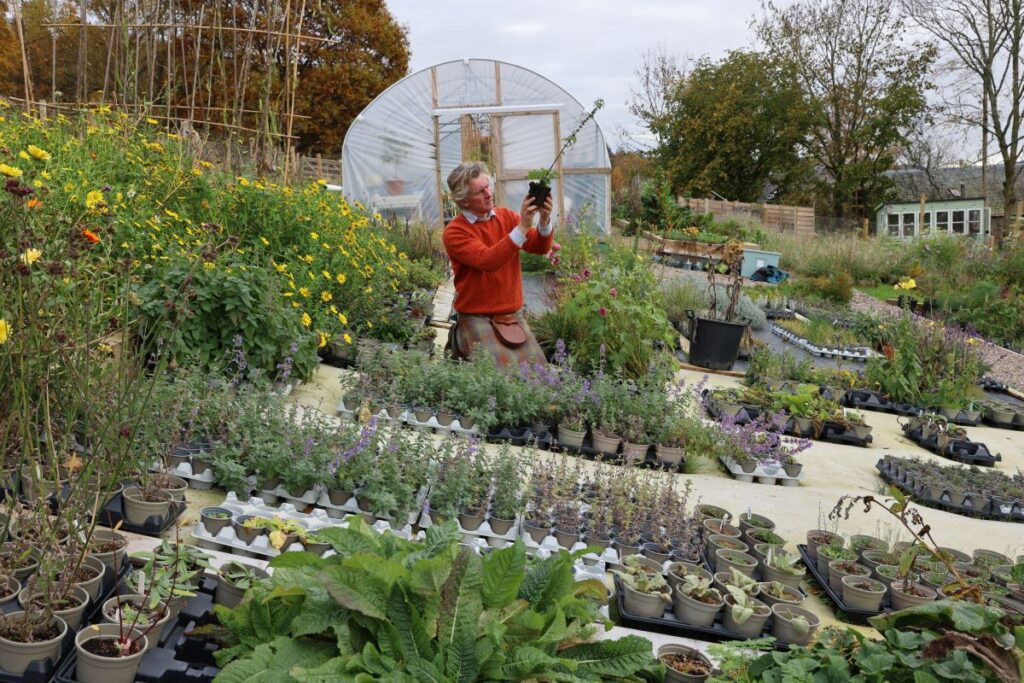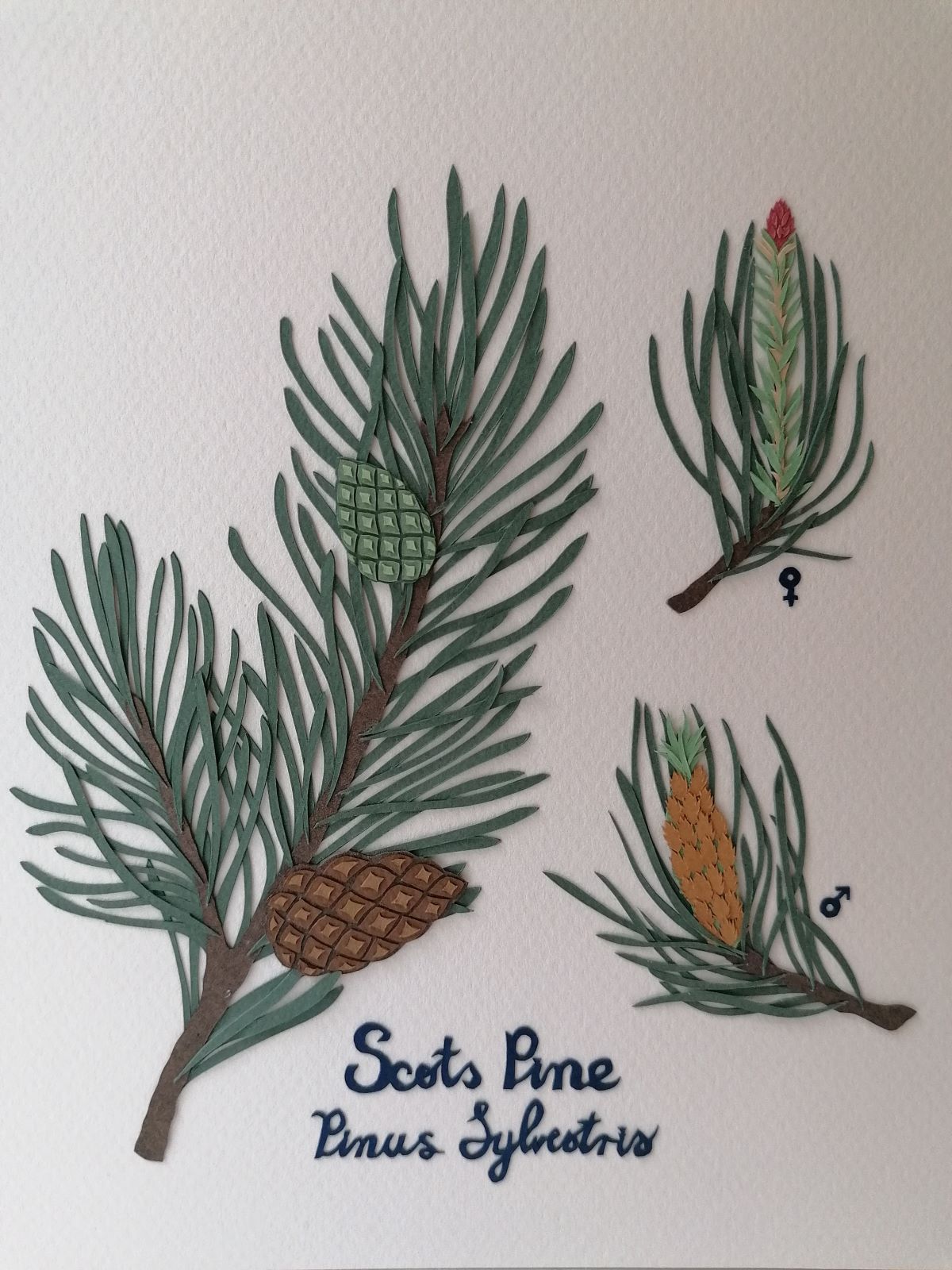
Hamish Martin: ‘There is nothing more spiritually uplifting than walking within a Scots Pine wood in December’
This month we are delighted to welcome Scottish Field’s newest columnist, Perthshire-based herbologist Hamish Martin.
A lecturer on herbs at the Royal Botanic Garden in Edinburgh, forager and nature lover Hamish will be sharing his knowledge and love of plants in a new monthly column.
This month he shines the spotlight on Scots Pine.
There is nothing more dramatic and spiritually uplifting than walking within an ancient Caledonian forest or Scots Pine wood in the middle of December.
The wind creates secret shards of whispering through the needles of the majestic pine and the sweet scent that over comes you will take you into a dream world and of a time past.
There is a symbiotic energy that flows through these ancient woods where juniper, blaeberries, moss, lichen and the pine commune to one another.
Take time, sit and connect to this energy which is so interwoven within your very DNA. Feel at home here, as do the pine martens, red squirrels, eagles, Scottish crossbill and wildcats.
Our Scots pine is commonly thought of as being our first tree to colonise these lands on the retreat of the ice age but this accolade goes to the path finder, the silver birch and ancient hazel some 11,700 years ago with our Scots Pine making its debut some 10,500 years ago. It is no wonder then that the Scots pine has a long history interwoven with these isles and the beings that live here.
Our early settlers would make shelter, fires and light from the resin rich woods. This resin would have been used as an antiseptic with antibacterial properties to help seal wounds and the needles are high in vitamin C and would have made a useful tea in winter months.
A persistent theme in the folklore of Scots pine is their use as markers in the landscape. In the Highlands they marked the burial places of warriors, heroes and chieftains.

Credit: Naomi Elysia Harvey
In time the resin would have been used to make turpentine, a glue and the inner bark used for rope and latterly, which finally led to its sad decline in the seventeenth century, shipbuilding and charcoal burning followed by the increase in deer numbers for stalking meant that these precious habitats have shrunk rapidly over time.
These Caledonian forests are rightly, a priority habitat under the UK Biodiversity Action Plan and deserve all that we can do to preserve them.
Encouraging the natural regeneration is the primary concern in these woods and secondly, planning the growth of new pine woods in the right location should also be a goal.
Done, not for nostalgia of a time gone by or myth but out of our love for Scotland and our national tree, the Scots Pine, where we choose to relish and treasure our pine wood ecosystem.
So finally, at this time of year, let’s consider this evergreen tree and why it was sacred to the Druids. They used to light large bonfires of Scots pine at the winter solstice.
This was to celebrate the passing of the seasons and to draw back the sun. Glades of Scots pines were also decorated with lights and shiny objects.
The tree covered in stars was a representation of the Divine Light. It is easy to see how these rituals have given rise to the latter day Yule log and Christmas tree customs as we see today.
Merry Christmas!
Read more Garden stories here.
Subscribe to read the latest issue of Scottish Field.
TAGS

